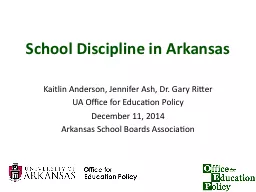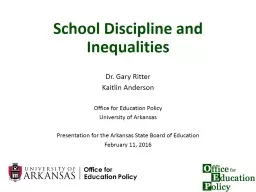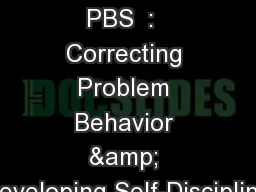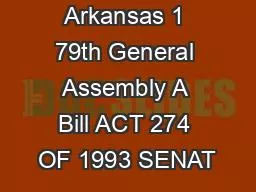PPT-1 School Discipline in Arkansas
Author : mitsue-stanley | Published Date : 2018-03-11
Kaitlin Anderson Jennifer Ash Dr Gary Ritter UA Office for Education Policy December 11 2014 Arkansas School Boards Association AR Education Reports Policy Briefs
Presentation Embed Code
Download Presentation
Download Presentation The PPT/PDF document "1 School Discipline in Arkansas" is the property of its rightful owner. Permission is granted to download and print the materials on this website for personal, non-commercial use only, and to display it on your personal computer provided you do not modify the materials and that you retain all copyright notices contained in the materials. By downloading content from our website, you accept the terms of this agreement.
1 School Discipline in Arkansas: Transcript
Download Rules Of Document
"1 School Discipline in Arkansas"The content belongs to its owner. You may download and print it for personal use, without modification, and keep all copyright notices. By downloading, you agree to these terms.
Related Documents














